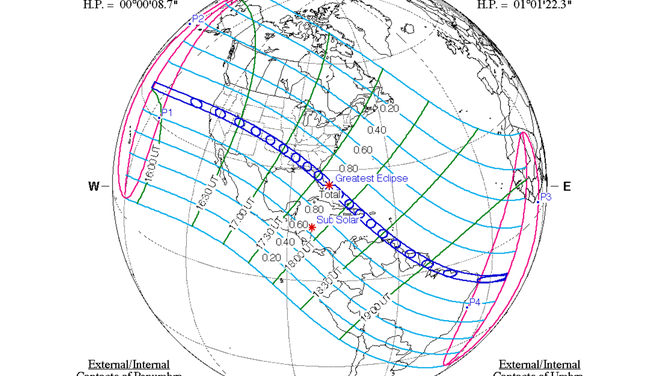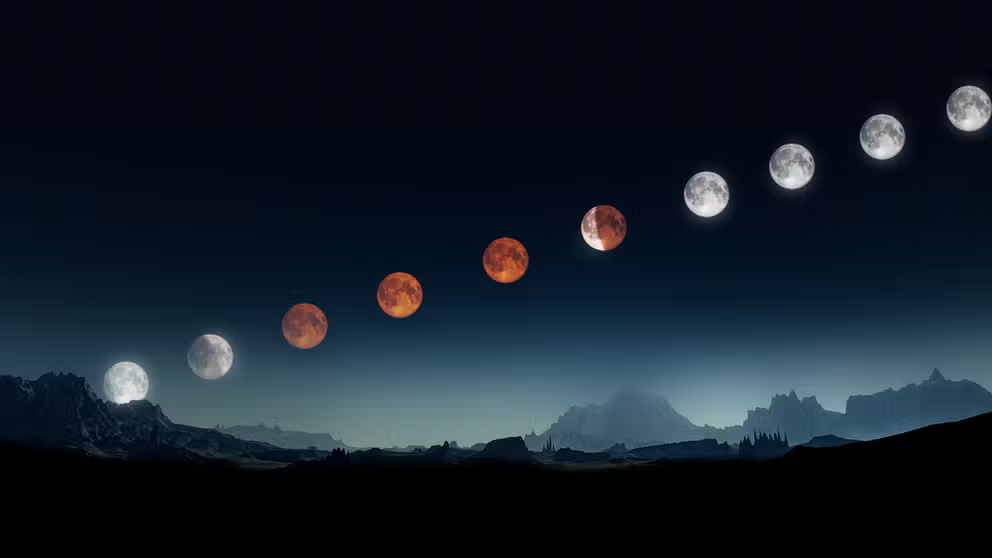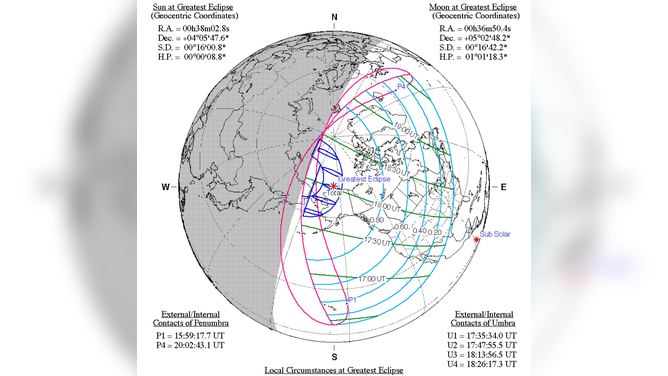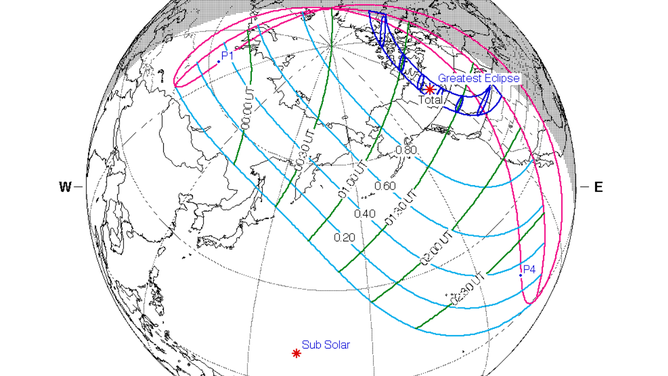Miss the April 8th total solar eclipse? Here’s a list of future celestial events
A total solar eclipse that many have circled on their calendar is the event on Aug. 12, 2045, when the path of totality will travel from the Pacific to the Atlantic coast.
Lunar eclipses explained: What is a total, partial and penumbral eclipse?
It's not often that we get a chance to observe our planet's shadow, but we can get a fleeting glimpse during a lunar eclipse.
A total solar eclipse that briefly blocked out the Sun and sent millions in the U.S. into temporary darkness won’t be the last event of the century, but sungazers might have to wait a while in case they miss the April 8th event.
Total solar eclipses happen nearly every year, but the odds that you’ll find yourself under one’s totality are estimated to be less than once in a lifetime.
The next event visible from the U.S. will be in March 2033, but to see it in person, you’ll have to travel to Alaska.
An event in 2044 will be visible from the continental U.S., but its scope will be limited, with only parts of Montana, South Dakota and North Dakota in the path of totality.
A total solar eclipse that many have circled on their calendar is the event on Aug. 12, 2045, when the path of totality will travel from the Pacific to the Atlantic coast.
The event will be fairly similar in path to the August 2017 eclipse that started over the Pacific Northwest and ended over the Carolinas.
TOTAL SOLAR ECLIPSE FORECAST SHOWS WHO HAS BEST CHANCE FOR CLEAR SKIES ON APRIL 8TH

Aug. 12, 2045 total solar eclipse
(NASA)
The 2045 event will be seen in major communities such as Salt Lake City, Oklahoma City, Orlando and Miami.
While the majority of the country’s population will not find itself under the path of totality, the entire country will at least see a partial event.
If 2045 seems like a long time to wait, there are other celestial events to add to your calendar.
A partial lunar eclipse will take place in September and a total lunar eclipse is set to grace the skies in March 2025.
Why don’t total solar eclipses happen often?
Total solar eclipses only occur when the Moon travels between the Sun and Earth and is on the same plane.
The occurrence is rather infrequent because the Moon’s orbit is tilted, impacting where the natural satellite’s shadow exists.
If the Moon and Earth were on the same orbital plane, the planet would see around 12 lunar eclipses and 12 solar eclipses annually – the amount of new and full moons a year.

Total solar eclipse explainer
(NASA)
Believe it or not, astronomers say that total solar eclipses will one day become a thing of the past.
According to the American Astronomical Society, the Moon is slowly moving away from Earth at the rate of about 1.5 inches per year. The society estimates the lunar body will lose the unique feature of completely blocking out the Sun in about a billion years.


